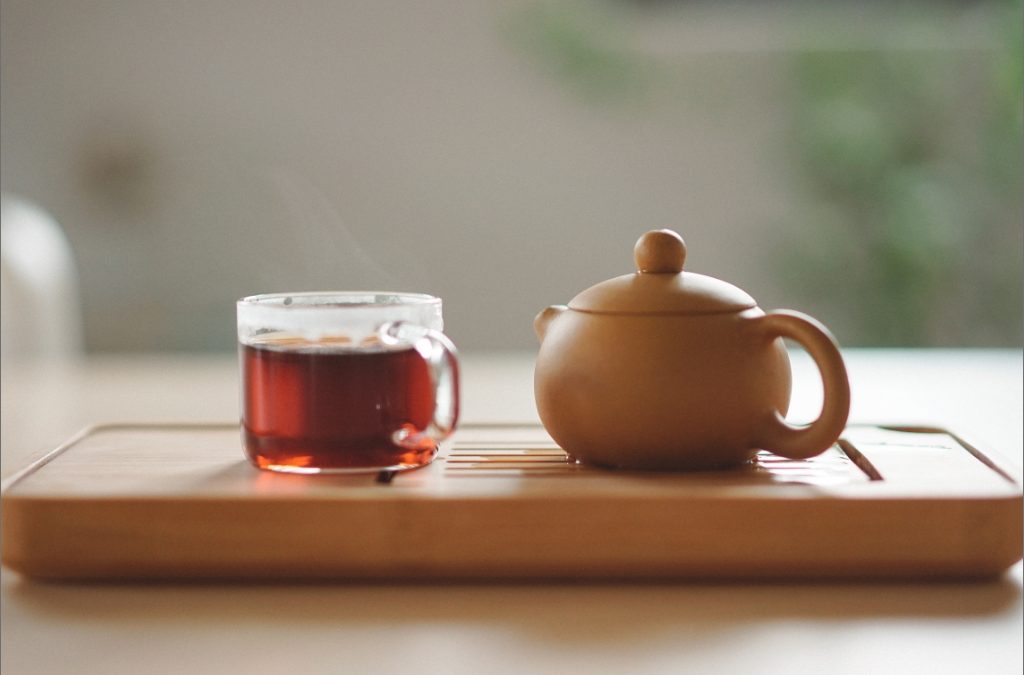India strives with China for the title of the world’s biggest maker of tea. More than 100,000 tea estates are utilizing a great many tea labourers over the topographically and ethnically differing subcontinent of India. Tea is so ingrained in the texture of India’s way of life that 70 per cent of the million or so metric huge amounts of tea it produces is devoured by its people.
India’s landscape characterizes its tea-developing areas by the subcontinent’s noteworthy contrasts in atmosphere and topography. The three primary Indian tea areas are Assam, Darjeeling, and Nilgiri. Northeastern India is home to both the Assam district, situated in the rich, thick wildernesses at the foot of the eastern Himalaya and the Darjeeling locale, which knocks facing Tibetan Himalaya and stretches between high mountain edges and profound mountain valleys. Nilgiri, on the other hand, is arranged in the mountains of the southernmost tea-developing locale in India. The Nilgiri (Blue Hill) Mountains include high elevation edges that boast rich woods and wildernesses where tea plants flourish.
The tea grown and produced in India differs as altogether as its populace and its geology. Every tea-producing area of India gives an alternate yet ideal atmosphere for tea growing, leaving us such a large number of approaches to investigate the subcontinent through its way of life of tea.
CHAI
The name “chai” is the Hindi word for “tea,” which was gotten from “cha,” the Chinese word for “tea.” The term chai implies a blend of flavours soaks into a tea-like refreshment. Plans for chai fluctuate across mainlands, societies, towns, and families. Be that as it may, the customary elements of a spiced tea, as a rule, incorporate dark tea blended in with solid flavours like cinnamon, cardamom, cloves, ginger, and dark peppercorns. The spiced tea is normally prepared solid with milk and improved with sugar or nectar.
Unique adaptations of “masala chai,” or “spiced tea,” contained no genuine Camellia sinensis tea leaves. The expansion of tea, milk, and sugar was promoted a huge number of years after the fact (in the mid-1800s) when the British made the now well known tea-developing locales of India and advocated tea as a refreshment.
SIPPING CULTURE
You can’t visit India without seeing its chai culture. Masala chai (spiced tea) is a beverage that expanded in pretty much every edge of India. Even though it is expanded all over, chai might be spiced and arranged in totally various manners relying upon the traditions of the area, the town, or the individual setting it up.
In case you are not tasting tea at somebody’s home in India, you are likely tasting it at a city intersection. Chai “wallahs” are Indian chai producers that sit, stand, or set up for business with their chai-production gear on almost every traffic intersection in about each town in India, from huge urban communities to abandoned stations. (Consider what number of Starbucks you find in a day in your town and duplicate that by 100 and you’ll get a thought of what number of chai wallahs set up “shop” in India.) Each chai wallah may have their style of fermenting and spicing the chai they make and most get ready chai in little bunches to arrange.

